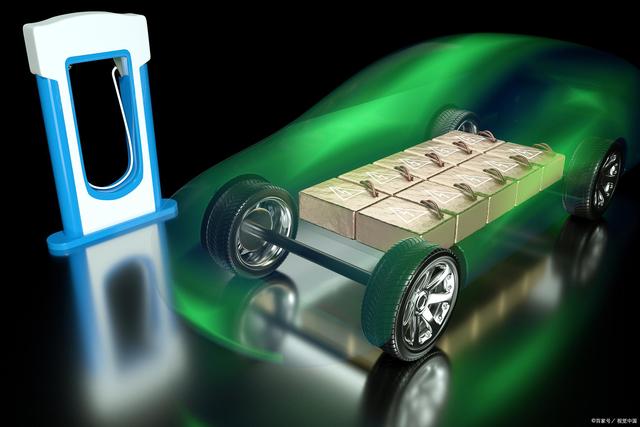Since 2021, the increase in demand for new energy has driven the continuous increase in the price of phosphate chemical products, and the supply-side voice has increased, and some phosphate rock companies have even experienced zero inventory.
According to the data released by Baichuan Yingfu on May 12, from May 7 to May 12, the market price of phosphate rock experienced two increases, with an average weekly price of 798 yuan/ton, up or down 48 yuan/ton, or 6.4% . Mainstream phosphate rock enterprises mainly use it for their own use, and there are few supply sources in the market, making it difficult to find ore, and enterprises without mining have certain pressure. The average grade of domestic phosphate rock is relatively low. With many years of mining, the current average grade has declined and mining is limited. However, there is a huge gap between the international phosphate rock market price and the domestic price, and leading companies are reluctant to sell.
In addition, according to the data monitoring data of the business society, as of May 12, the average reference price of 30% grade phosphate rock in mainstream areas in my country was around 800 yuan/ton, which was different from that on May 7 (the reference price of phosphate rock was 786 yuan/ton). In comparison, the price was raised by 14 yuan/ton, or 1.69%. Compared with May 1 (the reference price of phosphate rock was 763 yuan/ton), the price was raised by 37 yuan/ton, or 4.80%.
Guosheng Securities recently released a research report analysis, saying that from 2016 to 2017, the state used environmental protection measures to significantly reduce domestic phosphate rock capacity and production, and domestic phosphate rock entered a state of balance between supply and demand. Putting life first and foremost, the emergency management department used the means of checking safety to force some small and medium-sized production capacity that did not meet the safety production standards to be further cleared, which further led to the tight supply and demand of phosphate rock.
According to public information, my country is the country with the largest output of phosphate rock in the world, and the phosphate rock has maintained a net export trend all the year round. The import and export data from China Customs shows that in 2021, the import volume of phosphate rock in my country will be 65,000 tons, a year-on-year increase of 61.7%; the export volume of phosphate rock will be 381,300 tons, a year-on-year decrease of 11%.
On the demand side, according to the “White Paper on the Development of China’s Iron Phosphate and Lithium Iron Phosphate Materials Industry (2022)” jointly released by research institutions EVTank, Ivey Economic Research Institute and China Battery Industry Research Institute, in 2021, China’s lithium iron phosphate cathode Material shipments were 455,000 tons, a year-on-year increase of 213.8%, exceeding the shipments of ternary cathode materials for the first time.
Entering 2022, the demand for lithium iron phosphate materials will continue to increase. According to the data released by the China Automotive Power Battery Industry Innovation Alliance, from January to April this year, the cumulative installed capacity of power batteries in my country was 64.5GWh, a cumulative increase of 104.1% year-on-year. Among them, the cumulative installed capacity of lithium iron phosphate batteries is 38.7GWh, accounting for 60% of the total installed capacity, with a cumulative increase of 207.5% year-on-year, showing a rapid growth momentum.
Guosheng Securities believes that although lithium iron phosphate accounts for very little demand for phosphate rock in the short term, it will become an important source of increasing demand for phosphate rock in the medium and long term. From the perspective of new production capacity in the future, even if the exploration right has been obtained, it may take more than 5 years to complete the process of exploration and mining, and it may take more than 2-4 years from obtaining the mining license to fully forming the production capacity. Assuming that the demand for lithium iron phosphate in 2025 will reach 2.5 million tons, corresponding to the consumption of 10-12.5 million tons of ore, it may drive more than 10% of the domestic demand for phosphate rock. It seems that the supply of phosphate rock has become more tight.
In this context, companies in the battery new energy industry chain have bound upstream phosphate rock resources through joint ventures, shareholding, etc. For example, CATL reached cooperation with Hubei Yihua through the integrated battery material industrial park project; Heng Co., Ltd. plans to invest 7 billion to build a new energy material project; Yiwei Lithium Energy and Polyfluoride have been bound to Yuntianhua to build a joint venture; Tianci Materials and Sanning Mining jointly build a 300,000-ton iron phosphate project; Chuanfa Lomon plans to 9.56 100% stake in Tianrui Mining for 100 million yuan, etc.

